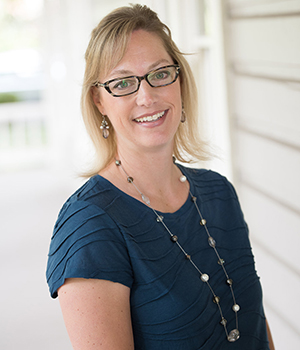
The Tax Cuts and Jobs Act became law in December 2017 and has changed the way taxpayers approach their year-end giving strategies. With the increase in the standard deduction, which is now $12,000 for individuals and $24,000 for married couples, most taxpayers won’t have the necessary deductions needed to itemize. While tax strategies can be an incentive, most people give because they are driven to help others – the following strategies are a few ways in which you can do good while also maximizing your tax deductions and tax savings.
‘Bunching’ Strategy
The “bunching” strategy helps taxpayers exceed the standard deduction threshold with charitable giving. Charitable giving remains unaffected by the shift in deductions. People can still give up to 60% of their adjusted gross income and still receive a deduction. With “bunching” taxpayers save the charitable deductions they would have made over several years and then group them together to exceed the standard deduction amount in a single year.
For example, if you normally have $10,000 in charitable deductions in one year, you would instead give $20,000 in one year. That giving would be combined with any other itemized deductions to exceed the $24,000 standard deduction (for married couples) that year. The following year, you would take the standard deduction. With “bunching” you load up for one year, and then take the standard deduction in the following year or few years.
Donor-Advised Fund Strategy
If you would prefer to give throughout the year and maintain your giving habits while also maximizing deductions, a donor-advised fund is a good option. A donor-advised fund is a charitable investment vehicle that allows you to make contributions and receive an immediate tax deduction, while directing grants from the funds annually over time. This allows taxpayers to take the tax deduction while still spreading out their charitable giving over the current year and the following year. This flexibility is a valuable aspect of the donor-advised fund.
A donor-advised fund not only allows gifts of cash through a check or wire transfer, but also offers a significant tax advantage for gifts of non-cash assets. By contributing long-term appreciated assets such as bonds, stocks or real estate, you can avoid the 20% capital gains tax and 3.8% Medicare surcharge that would have followed the sale of these assets. By avoiding these taxes, donors can give 23.8% more through the fund to their charities of choice, while also receiving a charitable deduction for the full market value of the donated assets.
While receiving a tax deduction is most likely not your primary motivation for making a charitable gift, using a tax-conscious strategy is always a smart move. These strategies allow you to:
- Have more discretionary income to help more organizations that are important to you.
- Qualify for a tax deduction when you make your donation to a donor-advised fund by the end of the year.
- Recommend which organizations receive grants from a donor-advised fund.
Qualified Charitable Distribution from an IRA
IRA holders age 70.5 and older can take qualified charitable distributions (QCDs) of up to $100,000 and send directly to a qualifying charity without any of the tax consequences that would typically apply to an IRA withdrawal. Distributions must be made directly to operating public charities (as described in IRC Section 170(b)(1)(A)), which excludes donor-advised funds, supporting organizations and private foundations. If done properly, a QCD can also help satisfy an IRA owners Required Minimum Distribution (RMD) obligation for the tax year. It’s important to note that there is no charitable deduction for making the QCD contribution to the charity but the distribution is not taxable income as an RMD otherwise would have been.
When it comes to proactive planning for charitable deductions and contributions, it’s important to work closely with your financial and tax advisor to ensure all requirements are met.
Linde Carroll, CFP® is an investment consultant at the Vancouver-based investment management and financial planning firm Sustainable Wealth Management. She can be reached at linde@sustainablewealthmgt.com.





